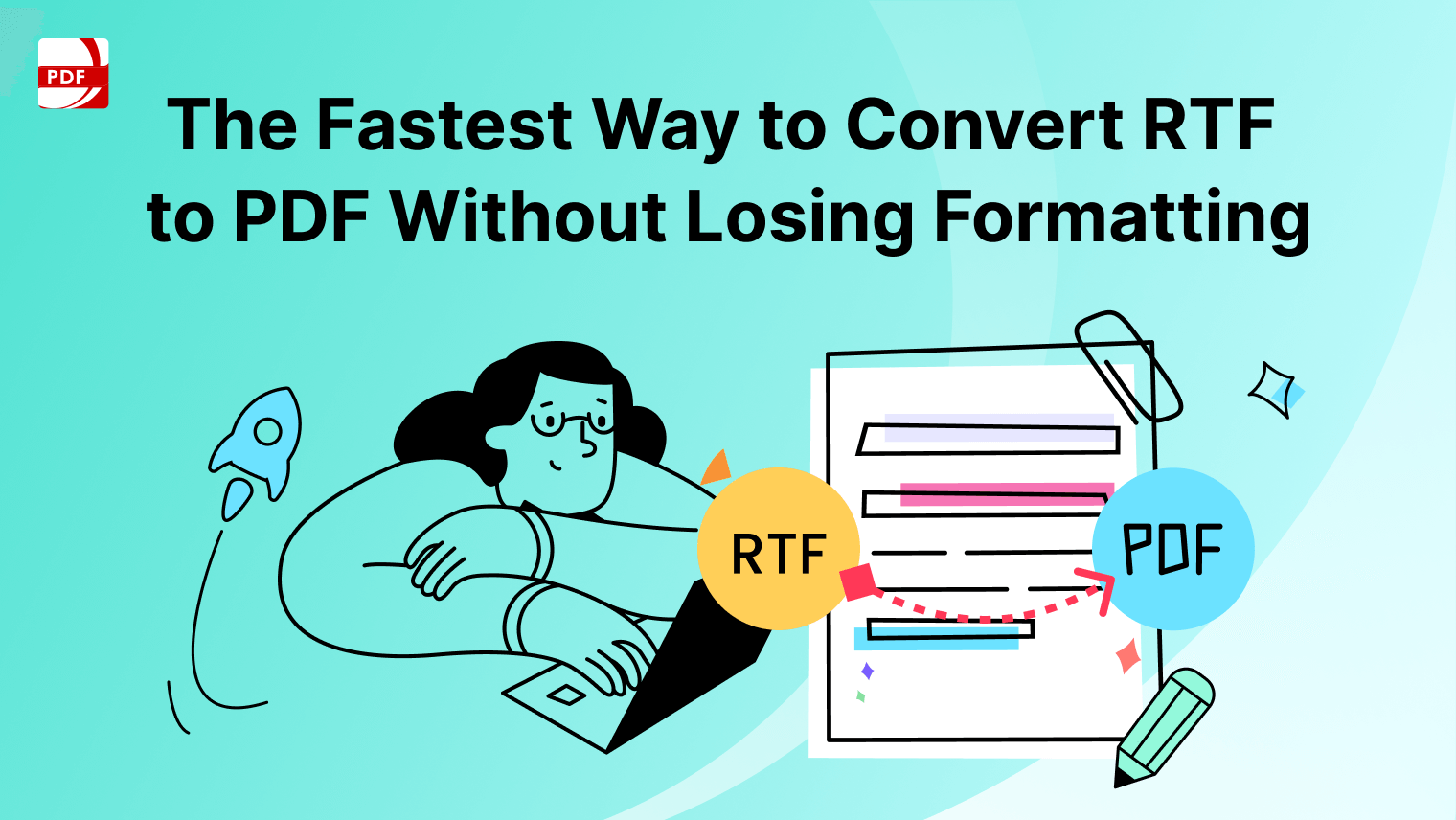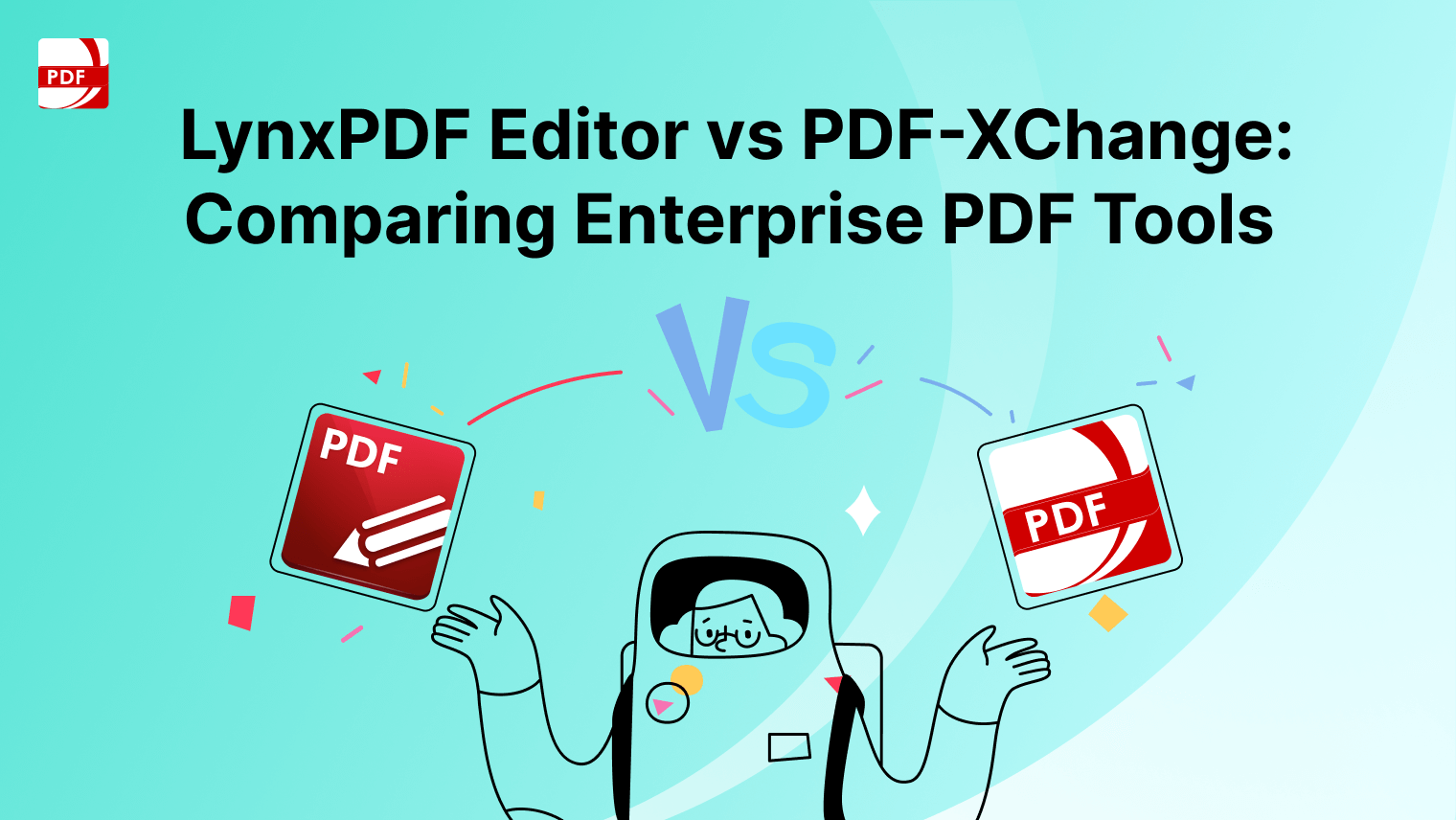Formatting your research in PDF is a crucial aspect of the scholarly process, and mastering the intricacies of this task ensures that your work is not only academically sound but also professionally presented.
Read on for an example of how to add a citation to a PDF or read our full blog about citing an APA style paper for more information.
Common Scholarly Formatting Styles
In any academic paper, you will be required to keep certain formatting guidelines in mind. These are some of the most common paper formats used:
1. MLA (Modern Language Association) Style:
Overview:
- Primarily used in humanities, arts, and literature disciplines.
- Known for its emphasis on author-page citations in the text.
Key Features:
- In-text citations include the author's last name and page number.
- Works Cited page provides detailed information about each source.
2. Chicago/Turabian Style:
Overview:
- Two distinct styles: Chicago for general use and Turabian for student papers.
- Widely used in history, business, and some social science disciplines.
Key Features:
- Notes and bibliography system for citations.
- Allows for either footnotes or endnotes.
- Bibliography provides full details of each cited source.
3. IEEE (Institute of Electrical and Electronics Engineers) Style:
Overview:
- Commonly used in engineering, computer science, and other technical fields.
- Focuses on numerical citation and a corresponding reference list.
Key Features:
- Citations consist of numerals in square brackets, corresponding to entries in the reference list.
- Reference list includes full details about each source.
4. Harvard Style:
Overview:
- Widely used in the UK and Australia across various disciplines.
- Known for its author-date citation system.
Key Features:
- In-text citations include the author's last name and the publication year.
- Reference list provides detailed information about each source.
5. AMA (American Medical Association) Style:
Overview:
- Commonly used in the medical and health sciences.
- Emphasizes clarity and precision in citation and formatting.
Key Features:
- Numeric citation system, with superscript numbers in the text.
- Reference list organized numerically.
“As a content creator, having a reliable PDF reader and editor is crucial. PDF Reader Pro’s editing and conversion tools help me easily navigate tasks for every client.”Megon VenterB2B SaaS Content WriterSource: LinkedIn
For further details, you can also check our guide on How PDF Reader Pro’s Search and Replace Redefines Editing.
Mastering Citation Style and Sources
Understanding Citation Style
- Familiarize yourself with APA guidelines on formatting, punctuation, and citation style.
- Consistency is key; maintain the same citation style throughout your document.
Primary and Secondary Sources
- Clearly distinguish between primary and secondary sources in your citations.
- Indicate when you're citing a source that you found in another work.
Comprehensive Overview of Methods
Detailing the Methods
- Provide a clear outline of the methods used in your research.
- Include information on participants, materials, and procedures.
Presenting Results
- Use clear and concise language to communicate your findings.
- Accompany results with appropriate visual elements such as tables and graphs.
Formatting References
- Ensure consistency in formatting throughout your reference list.
- Pay attention to details such as italics, capitalization, and punctuation.
Spaces Between References
- Maintain a consistent space between each reference.
- Follow APA guidelines for spacing and indentation.
Ensuring Clarity in Your Writing
Use of Spaces and Double Spacing
- Adhere to APA's requirement of double-spacing throughout your paper.
- Ensure appropriate use of spaces in headings, tables, and figures.
Maintaining a Logical Flow
- Craft your paper with a logical flow from introduction to conclusion.
- Use transition words to guide the reader through your ideas.
Utilizing Times New Roman for Professionalism
- Font Choice: APA recommends Times New Roman, 12-point font for all text.
- Consistency: Maintain the same font throughout your document for uniformity.
Additional Tips and Tools for Efficiency
Citation Generators
- Explore citation generators like Zotero or EndNote for automated citation creation.
- Double-check generated citations for accuracy and adherence to APA style.
Efficient Use of Citation Tools
- Familiarize yourself with tools that aid in proper citation formatting.
- Regularly update and review your citation tools to ensure compatibility with the latest APA guidelines.
How to Add a Citation to PDF on Windows
Follow our citation guide to insert citations into your PDF using PDF Reader Pro on your Windows operating system.
Step 1: Open Your PDF File
Click "Open File" or drag and drop. Add a citation to your document format from another PDF article.
Image Source: PDF Reader Pro
Step 2: Insert an Annotation
Click "Tools" to add citations to your PDF form.
Image Source: PDF Reader Pro
Step 3: Create a Reference List
Add a bibliography entry that lists all your citation articles.
Image Source: PDF Reader Pro
How to Add a Citation to PDF on Mac
Follow these citation tips to add an APA in-text citation to your PDF using PDF Reader Pro on your Mac operating system.
Step 1: Open Your PDF File
Click "Open File" or drag and drop your document into the home interface.
Image Source: PDF Reader Pro
Step 2: Click "Edit PDF"
Select "Add Text" to include citations in your PDF form.
Image Source: PDF Reader Pro
Step 3: Create a Reference List
Right-click on the last page of your document and add a blank page. Add more text to create a bibliography.
Image Source: PDF Reader Pro
FAQs on Scholarly Research Formatting
Still have questions about the critical steps involved in scholarly formatting? Use our handy question and answer section for help.
What is the significance of proper formatting in complex papers and composition-style assignments?
Proper formatting is crucial for complex papers and composition-style assignments as it enhances readability, provides structural clarity, and ensures that your research is presented in a visually polished manner.
Which formatting style is recommended for creative writing within the realm of economics research papers?
For creative writing in economics research papers, it's advisable to follow a formatting style like APA or MLA, depending on the guidelines of your institution or publication. These styles offer consistent citation methods for effective integration of sources.
How does detailed citation contribute to an effective research paper, especially in empirical research?
Detailed citations, including parenthetical and author-date citations, enhance the credibility of empirical research. They provide a transparent trail of sources, allowing readers to verify your claims and explore the foundations of your research.
Are there specific guidelines for major and subsection headings in scholarly papers?
Yes, there are extensive guidelines for major and subsection headings. Depending on the chosen formatting style (APA, Chicago, etc.), you'll find recommendations for case capitalization, level hierarchy, and paragraph formatting to maintain a consistent structure.
How do I apply consistent formatting across my entire manuscript, including inch margins and double line spacing?
To ensure consistency in formatting, set your page margins to one inch, maintain double line spacing throughout the manuscript, and consider utilizing formatting services for a customized approach, especially when dealing with extensive guidelines.
What are the benefits of using citation tools for creating detailed citations and a comprehensive list of references?
Citation tools, such as Zotero or EndNote, offer a streamlined process for generating accurate citations and references. They save time, ensure consistency in citation format, and are particularly useful when dealing with extensive citation guidelines in scholarly research.
Are there specific citation methods for creative research topics or papers in the field of economics?
While the core citation methods remain consistent, adapting to the guidelines of the chosen formatting style is crucial for creative research topics in economics. Ensure that your citations align with the specific requirements of your institution or publication.
How do I approach the formatting of tables of contents and lists of tables in scholarly papers?
Guidelines for tables of contents and lists of tables vary across formatting styles. Consult specific style guides for your chosen formatting style (APA, Chicago) for instructions on creating clear and organized tables of contents and lists.
What role do extensive guidelines and grammar guidelines play in effective scholarly writing?
Extensive guidelines provide a roadmap for effective scholarly writing, ensuring that your paper meets academic standards. Grammar guidelines contribute to clear and precise communication, enhancing the overall quality of your content.
Is there a standardized approach to heading styles, especially when dealing with additional levels and subsections?
Yes, maintaining a standardized approach to heading styles is crucial. Whether dealing with major sections, subsections, or additional levels, adherence to the chosen formatting style's guidelines, including case capitalization and level hierarchy, ensures a cohesive and well-organized paper.
Whether you are a student, researcher, or academic, these tips will serve as a valuable resource for elevating the quality of your scholarly publications. Remember, the devil is in the details, and by paying attention to every facet of your document, you'll present your research in the best possible light.


